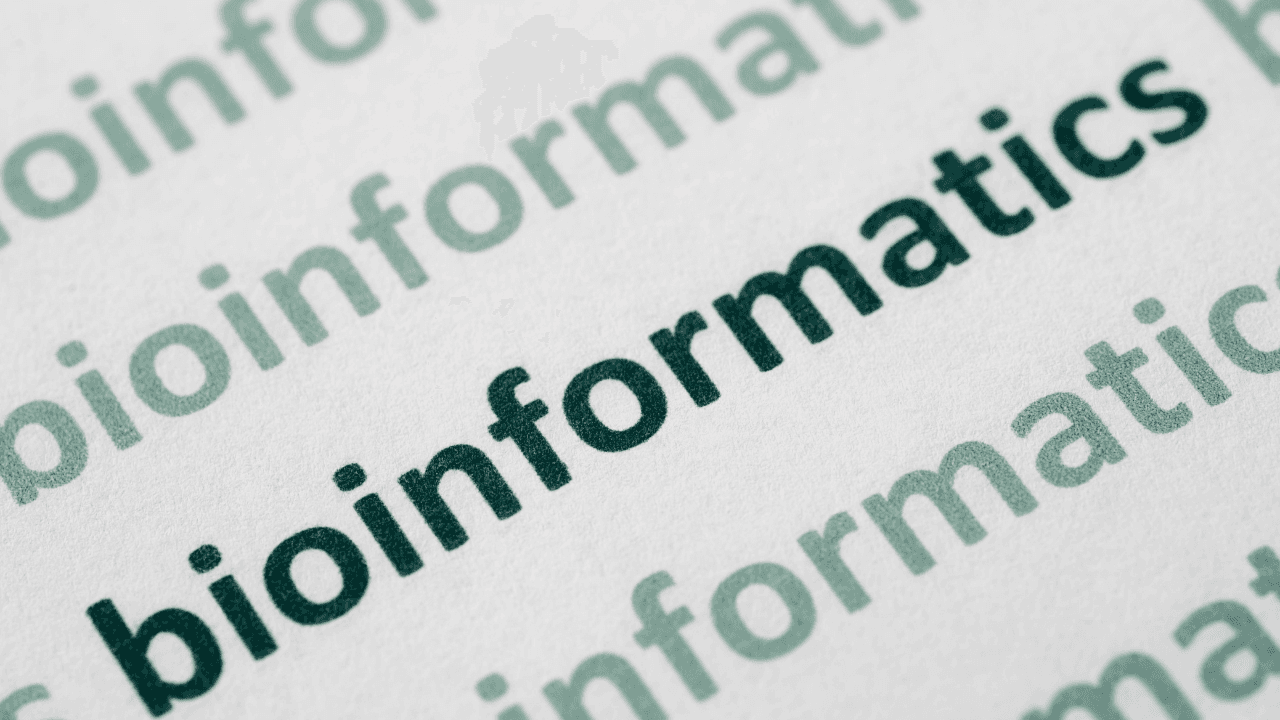Mar 17, 2025
|
5
min read
When I first chose biotechnology, it wasn’t the typical path. Most people linked biology with becoming a doctor—but I knew early on, that wasn’t for me. What fascinated me wasn’t hospitals or clinical practice, but the incredible mysteries within biotechnology itself. I was captivated by the fantastic world of microbes, bacteriophages (fun fact: not bacteria, but viruses that infect bacteria!), vaccines, and even marvels like Bt. cotton. It felt like exploring treasure islands filled with secrets waiting to be unlocked.
Discovering the Paradoxes of Biotechnology
What intrigued me most were the paradoxes hidden in this field. Take vaccines, for example—they use the very disease-causing bacteria or viruses to develop immunity against themselves. It’s almost poetic: the enemy becomes the cure. That idea stayed with me—the notion that what seems like a threat can actually be harnessed to protect and strengthen us.
However, as I walked deeper into this path, I quickly realized something unsettling. The field seemed riddled with gaps—a lack of industry-relevant opportunities, a wide disconnect between academics and real-world applications. It felt like standing at the edge of a river with no proper bridge to cross over into the professional world. I noticed many around me diverting their paths, seeking new treasures elsewhere.
But something inside me didn’t want to give up on unlocking biotechnology's hidden treasure. I wanted to find a way forward, to bridge that gap.
Entering the World of Bioinformatics
That’s when Bversity came into my life, right before I completed my bachelor's. Their Post Graduate Programme (PGP) in Bioinformatics became the game changer I needed. Until then, bioinformatics was just a set of definitions and concepts I'd heard of, but hadn’t truly experienced.
Starting with programming classes, I felt lost at first—Python codes, loops, functions—how could all of this possibly relate to biotechnology? There were days filled with confusion, self-doubt, and the temptation to turn back. But I realized, sometimes, the key isn’t about knowing everything immediately. It’s about holding on and having patience. Slowly, week by week, my mindset shifted: “If I believe I can, I will.”
Connecting the Loops: From Microbes to Code
Interestingly, my journey felt the same as something familiar from the lab. In the wet lab, we use a loop—a small tool to transfer and culture microbes, gently guiding invisible organisms to grow and reveal themselves. Little did I know, down the road, I’d be handling another kind of loop: the 'for' loops and 'while' loops in Python, guiding data instead of microbes, making patterns visible in vast biological datasets.
“Sometimes, the loops you trace in life, whether in the lab or in code, are what help you culture your own growth.”
It’s funny how life brings you full circle, connecting dots between disciplines you never expected.
Hands-On Learning: From Biopython to AI
Diving deeper into Biopython showed me how these tools apply to research—analyzing sequences, building workflows. Concepts weren’t just theory anymore; they became tools in my hands. Assignments felt more practical and hands-on. But the real turning point was the mini-project. It wasn’t just about writing answers—it was about solving real bioinformatics problems. There were moments when challenges arose—my laptop freezing mid-run or unexpected bugs appearing in the code. Instead of viewing these as setbacks, I embraced them as integral parts of the learning journey. Each obstacle became an opportunity to refine my problem-solving skills. The reward? Witnessing intricate protein-drug docking models materialize on my screen. It felt like stepping into the shoes of a next-gen biotechnologist.
Another eye-opener was Artificial Intelligence & Machine Learning. The AI models we casually use daily suddenly transformed into research tools in my hands. Training models, running practice datasets—it was about pacing alongside cutting-edge technology.
A Future in Biotechnology & Bioinformatics
Through this journey, one realization stood out—while doctors are at the forefront, directly serving and healing patients, fields like biotechnology work silently in the background, driving the innovations and breakthroughs that make modern healthcare possible. And now, bioinformatics is rapidly becoming the backbone of biotechnology itself—accelerating research, decoding complex biological data, and bridging the gap between science and real-world solutions. It’s empowering to be part of this ecosystem, contributing to advancements that ultimately touch and improve countless lives.
What began as curiosity has now shaped into not just a career, but my dream career—blending biology, technology, and problem-solving into one.
Of course, there’s still so much to learn. The treasure of biotechnology is vast, and I’ve only begun to unlock it—but now, armed with skills and an ever-curious mindset, I’m ready to keep crossing new bridges and uncovering more.




